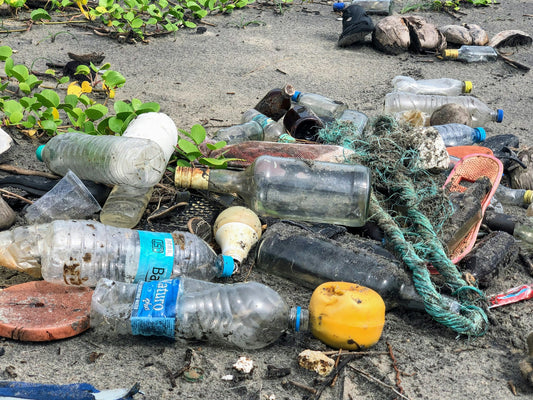Share
Cropocalypse Now: Invasive Metal Edition:
Remember that horror movie trope where the walls of the haunted house start to bleed, and the heroes realize they've got a dark, toxic problem on their hands? That's a little like what's happening with our globe's farmland, except swap out spooky ectoplasm for less ethereal heavy metals like lead, arsenic, and cadmium. Farmers are dealing with an invisible threat to their crops, and the potentially horrifying part? It's ending up on your dinner plate.
The Soil-d Truth:
Researchers have been getting their hands dirty and it seems about 14 to 17% of global cropland, or roughly 242 million hectares, have been contaminated with at least one party-crashing toxic metal such as arsenic, cadmium, cobalt, chromium, copper, nickel, or lead. With these bad boys showing up uninvited to our agricultural soirees, we're looking at potential health risks for as many as 1.4 billion people. Not just your average, "I ate too much cake at the party" kind of tummy-ache, but long-term, life-changing health conditions like skin lesions, reduced nerve function, and even cancer.
Bad Guest Behavior:
These pushy metals aren't just popping up in the soil out of nowhere, but mostly due to human activity. When pollution seeps into the soil, it sticks around like a terrible houseguest, causing issues for crops, ecosystems, and all of us who rely on this contaminated bounty. Our increasing demand for critical metals (needed for things like your electric car dreams and solar panel paradises) isn't helping. It's like inviting the obnoxious cousin who always starts a food fight to Thanksgiving dinner.
Our Global Dinner Party:
The plot thickens, when the researchers took into account global population distribution. They simply swapped out metal headbanging for head scratching and estimated that between 900 million and 1.4 billion people live in high-risk areas. As you can imagine, south, and east Asia, parts of the Middle East and Africa are especially affected. So, unless our countries collaborate better, we'll be stuck crunching more cadmium instead of Corn Flakes.
One Man’s Trash…:
The conclusion? This isn’t just a developing nations issue; it's our issue too. A problem of this scale doesn't just wipe its boots at the doorstep of the poorest countries, but tracks mud through the entire house. The food networks linking all of us together are inextricably impacted. So, before we sink into the couch with our next meal, let's take a moment to consider the 'soil story' that’s beneath it all.
We hope you enjoyed this article. Please feel free to leave a comment below if you want to engage in the discussion.
If you want to read more like this, make sure to check out our Blog and follow us on Instagram. If you are interested in truly sustainable products, check out our Shop.
Check out the original source here.








